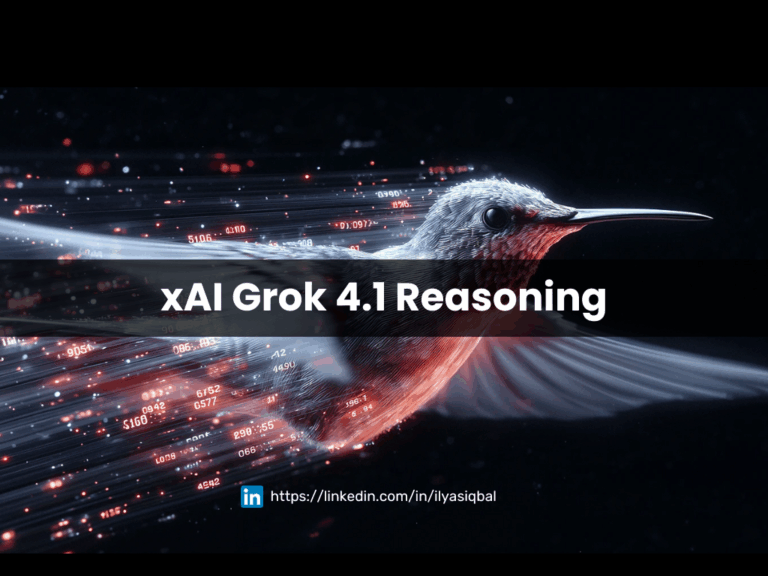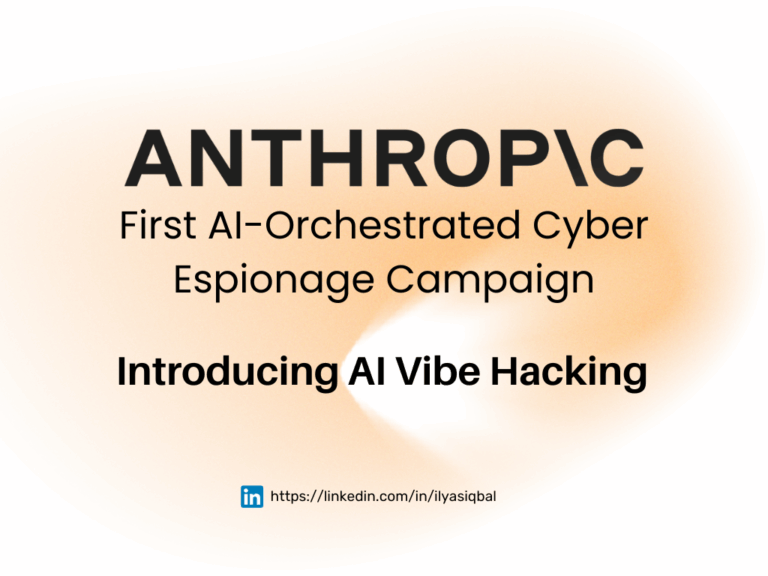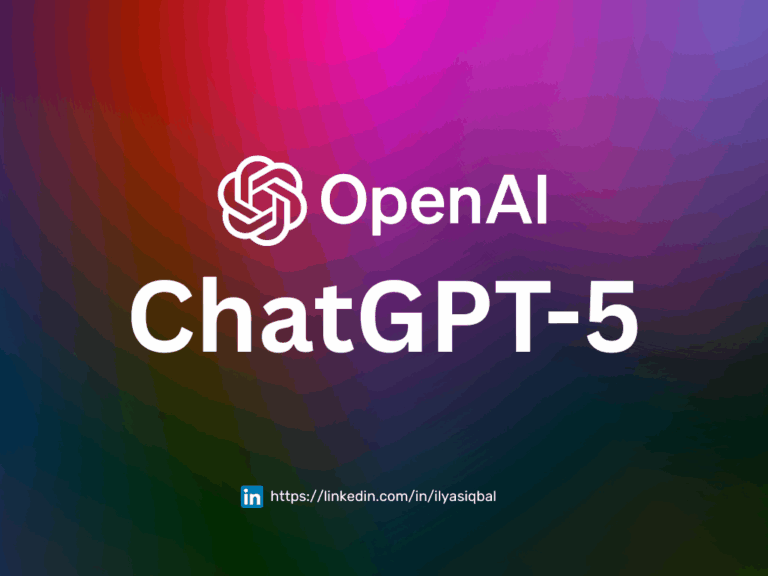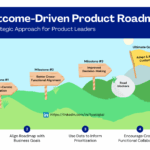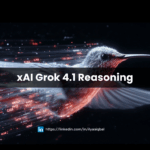In my roles as AI entrepreneur, researcher and strategist, I’ve seen many landmark model releases. The launch of Gemini 3 marks one of those pivotal moments, it’s not just a model upgrade, but a paradigm shift in how we conceive, build and deploy AI. In this article I’ll walk through what Gemini 3 is, what has happened, how it works, recent updates, benchmarks, and then how business leaders, AI strategists, researchers and developers can use it. I close with a reflection on where this takes us. I’ll keep the tone strategic, humane and grounded in real-world outcomes.
What is Gemini 3?
At its core, Gemini 3 is the next-generation model that brings together multimodal intelligence, long-context reasoning, advanced spatial understanding, tool-use capabilities, and a leap forward in reliability and autonomy. It represents a unification of prior strengths in language, vision, and agentic workflows, transforming a model from something that simply answers questions into something that helps you think, build, and act.
Historically:
- Gemini 1 introduced multimodality and longer context windows, making AI more adaptable to real-world data.
- Gemini 2 strengthened reasoning, tool use, and early forms of AI agency.
- Gemini 3 now integrates all of this into a cohesive intelligence system capable of deeper understanding, faster action, and more sophisticated problem-solving.
In short, Gemini 3 is positioned as the foundation of a new era of intelligence, not just incremental improvement.
Also read: Grok 4.1: Strategic, and Executive Analysis of the New Human-Aligned Reasoning Model
What has happened: The launch, rollout and ecosystem move
Launch & rollout
- Immediate search integration – Gemini 3 was integrated into core search experiences at launch, demonstrating confidence in its maturity and signaling a shift from AI being “optional” to being part of everyday discovery and decision-making. This also illustrates Google’s strategic ambition: intelligence as a default layer in human information flow.
- Availability across user and developer channels – It launched simultaneously across the Gemini App, Google AI Studio, enterprise suites, and developer tools, making it accessible for consumers, professionals, and engineers right from day one. This broad release creates a unified adoption path.
- Introduction of advanced modes like “Deep Think” – These modes allow the model to engage in deeper reasoning sessions, making it more suitable for long-form research, planning, complex coding, and scientific exploration.
Ecosystem & tooling
- Developer ecosystem expansion – With dedicated tools, APIs, and workflows, Gemini 3 empowers developers to build real applications fast, especially with advanced multimodal reasoning and access to powerful agents that can handle multi-step logic.
- Enterprise add-ons and workflows – The model slots seamlessly into enterprise-grade workflows like document analysis, code generation, compliance checks, and multimodal communication, giving businesses a more “productive AI employee” than ever before.
Market positioning
- Competitive leap in performance leadership – Gemini 3 is positioned to outperform previous models on numerous leaderboards and deliver faster real-world deployment. This signals a tighter competitive race in AI and highlights Google’s push for dominance in reasoning-heavy, multimodal tasks.
We are also building a new AI product at our AI startup, Inventegy AI, and have been seeing a lot of interest lately, it’s RYZER AI, to help C-suite executives, Product Leaders, Marketing and Sales professionals to leverage AI capabilities and grow businesses altogether.

You can signup for the waitlist, while it is still open and get early access!
How it works: Key architecture and capability advances
From a research and strategy standpoint, the “how” of Gemini 3 deserves attention:
Multimodal, long-context, agentic design
- Massive long-context capabilities – With support for extremely large token windows, the model can ingest and reason over books, codebases, long documents, and prolonged conversations, making it ideal for complex workflows like legal analysis or enterprise knowledge systems.
- Integrated spatial and visual reasoning – Gemini 3 can interpret images, diagrams, UI screens, documents, and even video sequences. This ability to “understand the world visually and linguistically” broadens its real-world applicability across industries.
- Built-in agentic behavior – The model can plan multi-step actions, operate tools, trigger external systems, and orchestrate workflows without constant prompting. This is where productivity leaps begin: the shift from static chat to dynamic, context-aware action.
Gemini 3 Deep Think
This one is my favorite. Gemini 3 Deep Think seems to be the mode to push the boundaries of intelligence even further by delivering a step-change in Gemini 3’s reasoning and multimodal understanding capabilities to help you solve even more complex problems.
Looks like, Gemini 3 Deep Think outperforms Gemini 3 Pro’s already impressive performance on Humanity’s Last Exam (41.0% without the use of tools) and GPQA Diamond (93.8%). That’s HUGE!!!
It also achieves an unprecedented 45.1% on ARC-AGI-2 (with code execution, ARC Prize Verified), demonstrating its ability to solve novel challenges. Really impressive!

Coding, “vibe coding”, generative UI
- Vibe coding for natural-language development – Developers can describe an idea in natural language and have the AI produce working code, structured components, UI layouts, or even entire prototypes. This lowers the barrier for rapid software creation dramatically.
- Generative interfaces that adapt – Instead of static chat boxes, interfaces adapt dynamically to user intent, showing structured views, previews, workflows, and organized outputs – making AI interaction more fluid and intuitive.
Plan anything
Gemini 3 is also demonstrating the Vending Bench by topping the leaderboard on Vending-Bench 2, this is amazing!!!

Enterprise readiness and production workflows
- Advanced document and video understanding – The model can interpret long PDF files, business contracts, meeting notes, or compliance documents effortlessly, dramatically reducing manual time spent on cognition-heavy tasks.
- Seamless integration into enterprise stacks – Gemini 3’s design is meant to fit directly into production environments, enabling automated pipelines, multi-agent systems, and robust collaboration between human reviewers and AI-driven agents.
Benchmarks and reported performance
- High tool-use performance: Demonstrating strong ability in structured tool interaction and command-line tasks, Gemini 3 shows maturity in agentic reasoning.
- Strong developer-focused performance: With competitive scores in coding, web development, and multimodal tasks, it’s positioned as a reliable system for real engineering workflows.
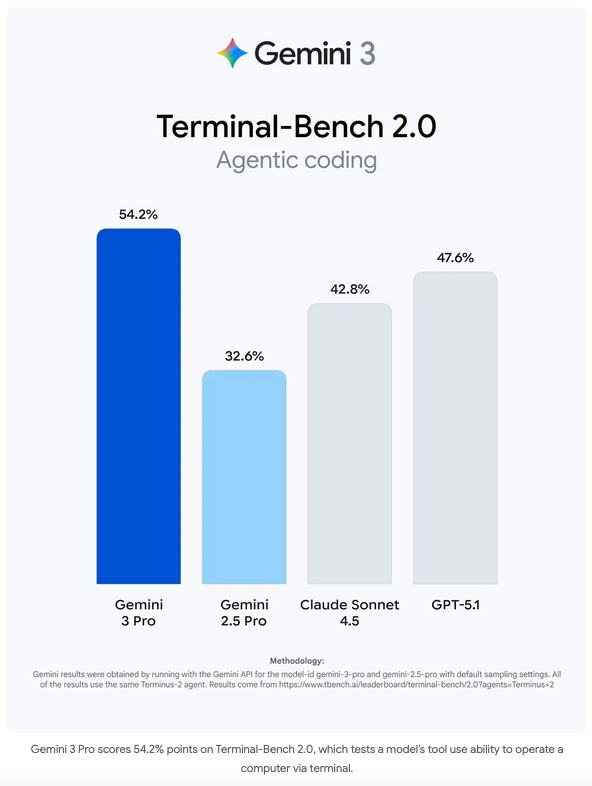
- Emerging evidence from business pilots: Early pilots suggest meaningful reductions in review time, analysis cycles, and content creation tasks – some claiming up to 30% gains in certain cognitive workflows.
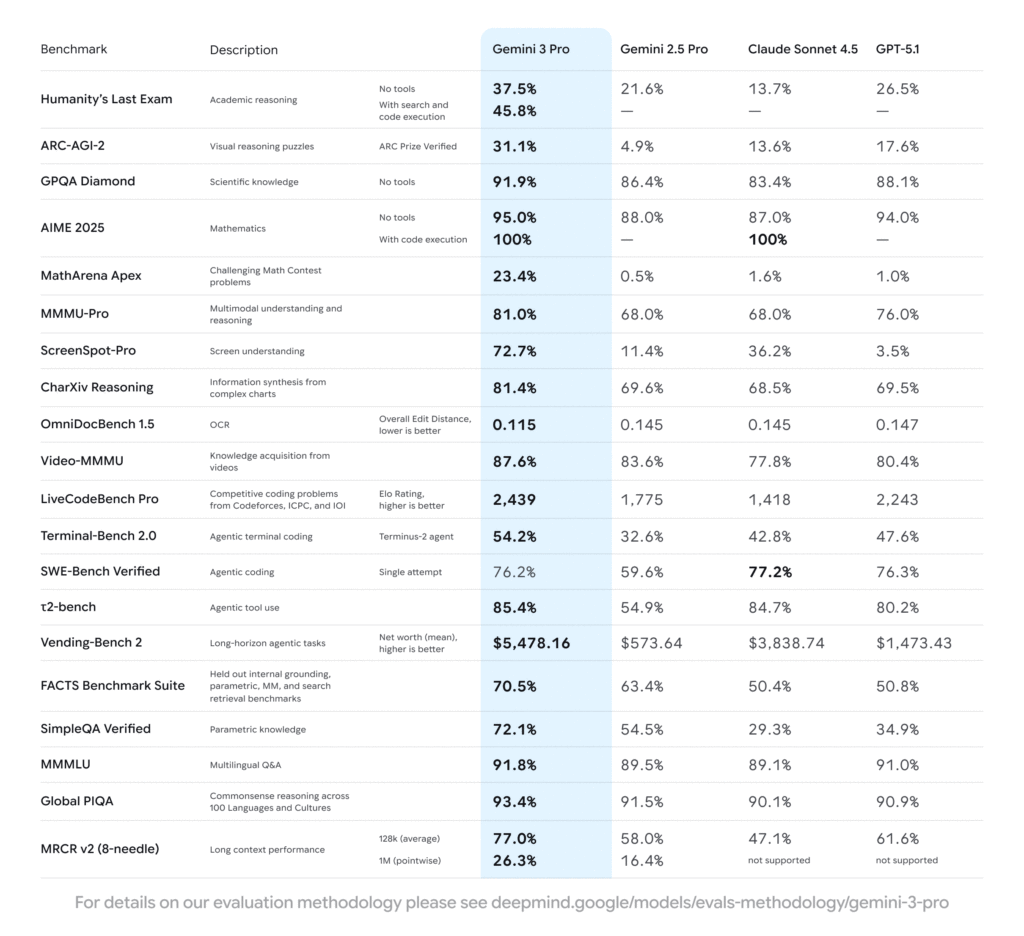
Also read: Anthropic Uncovers Vibe Hacking – First AI-Orchestrated Cyber Espionage Campaign
Recent updates and ecosystem implications
App & interface improvements
- Gemini App upgrade
- Beyond a simple chatbot, the app now offers a multi-layout, multimodal environment that responds to user intent, whether that’s deep research, creative exploration, or structured tasks such as planning trips or organizing inboxes.
- Generative UI and dynamic layouts
- All interactions adapt to the content you’re working on, making collaboration feel more natural and efficient.
Developer tooling and CLI
- CLI integration for serious builders
- Developers can leverage Gemini 3 directly through command-line interfaces, allowing deep integration into devops pipelines, rapid prototyping, agentic orchestration, and automated testing workflows.
- Advanced agentic IDE support
- Early previews indicate new tools (like agent-powered coding environments) that can take over repetitive engineering work and accelerate product development cycles.
Use-cases emerging
- Business workflow automation
- Whole categories of knowledge work, from reviewing pitch decks to summarizing multi-page documents to analyzing visuals, can now be offloaded to AI agents, saving teams significant time.
- Enterprise pitch-deck analysis
- Early examples show the AI reviewing decks for clarity, messaging strength, and strategic alignment, making it a valuable assistant for executives and founders alike.
Strategic implications
- Intelligence as a default layer
- With Gemini 3 embedded across products immediately on release, it becomes a pervasive intelligence layer. This shifts organizations toward AI-native operations and workflows.
- Faster deployment cycles
- Bringing models directly to products at launch shortens the gap between innovation and value, giving companies adopting Gemini 3 a rapid competitive edge.
Also read: Kimi K2 Thinking: A New Frontier for Agentic AI, Benchmarks and Pricing
Best way out there: What’s the optimal strategy for adoption?
As an AI strategist and thought leader, I believe the optimal path forward requires structured, intentional rollout.
Phase 1: Explore & experiment
- Run focused pilot use-cases
- Identify areas in your workflow where cognitive load is high but outcomes are predictable, such as contract review, customer analysis, or content generation. Pilots here maximize early insight and generate internal momentum.
- Use sandbox environments
- Experimentation in contained environments allows teams to calibrate performance, understand cost implications, and determine integration feasibility before committing to full-scale adoption.
- Build AI culture internally
- Educate your teams on how agentic AI differs from simple chat models. The more prepared your workforce is, the smoother the transition into automated workflows.
Phase 2: Scale & integrate
- Integrate into core systems
- Once workflows are validated, connect Gemini 3 to internal systems like CRM platforms, document repositories, customer service tools, or engineering pipelines. This is where real ROI emerges.
- Leverage long-context features
- Use Gemini 3’s ability to process enormous inputs for tasks like full-document summarization, end-to-end audits, or multimedia analysis.
- Monitor performance rigorously
- Track accuracy, reliability, latency, cost efficiency, and user satisfaction as you scale to ensure the system delivers consistent long-term value.
Also read: AI Strategy for Product Leaders to Build Intelligent Products
Phase 3: Transform and differentiate
- Design multi-agent systems
- Build layered agentic workflows where specialized AI agents collaborate (e.g., an analysis agent, a reporting agent, and an execution agent). This mirrors future enterprise architecture.
- Develop new business models
- Unlock new offerings: AI-driven advisory services, autonomous content engines, personal assistants for every customer, or domain-specific intelligence products.
- Build competitive moats with data + workflow integration
- Companies that build early, integrate deeply, and refine workflows will gain defensible advantages as AI matures.
Key strategic recommendations for different roles
Business leaders
- Focus on value creation – use Gemini 3 to accelerate decision-making, automate repetitive work, and enhance product differentiation.
- Invest in governance – ensure clear oversight, auditability, and risk controls.
- Lead cultural adaptation – prepare teams for a world where intelligent systems co-drive operations.
AI strategists
- Build multi-stage adoption roadmaps and AI transformation playbooks.
- Identify capability gaps and plan upskilling or architectural upgrades.
- Align AI adoption with business KPIs, ensuring measurable value.
AI researchers
- Use Gemini 3’s multimodal and agentic capabilities to explore new domains like spatial reasoning, long-horizon planning, or human-AI teaming.
- Investigate limitations, biases, and emergent behaviors.
- Lead studies on ethical alignment and human-centric design.
Developers and engineers
- Leverage tools like vibe coding to accelerate prototyping and reduce build time.
- Build resilient, observable systems around AI components.
- Design workflows that combine prompt engineering, system reliability, and dynamic agentic behavior.
Benchmarks & performance: What we know (and what to watch)
- Tool-use performance remains strong, demonstrating capacity for multi-step reasoning and workflow execution.
- Coding and multimodal benchmarks indicate competitive leadership, especially in structured tasks requiring tight logic or interpretation of visuals.
- Business pilots report significant reductions in review and synthesis time, suggesting practical value beyond benchmark scores.
Caveats:
- Third-party audits are still in progress, meaning some results may change with scrutiny.
- Actual ROI depends heavily on integration quality, human oversight, and domain variability.
- Reasoning-heavy tasks still require guardrails and periodic human review.
As an AI researcher, I believe every organization should produce its own benchmarks tailored to specific domain needs.
How can business leaders, AI strategists, researchers & developers use Gemini 3?
Below is a breakdown by role:
Business leaders
- Identify where cognitive bottlenecks exist in your organization and deploy Gemini 3 for those tasks to achieve meaningful productivity lift.
- Build clear business cases that quantify time saved, cost reduced, and value gained.
- Implement frameworks for risk management, especially around security, accuracy, and governance.
- Prepare teams with training and change-management strategies to ensure smooth adoption.
AI strategists
- Create strategic roadmaps that frame Gemini 3 as part of a long-term AI foundation, not a one-off deployment.
- Build capability maps that identify what skills, tools, and processes need upgrading.
- Integrate Gemini 3 across data pipelines, decision systems, and operational tools.
- Track key metrics such as throughput, error rate, cost efficiency, and user adoption.
AI researchers
- Use Gemini 3 as an experimental testbed for emerging questions in reasoning, multimodality, memory, and human-AI alignment.
- Evaluate model biases and edge cases rigorously.
- Build prototypes for agentic systems and use them as research probes.
- Examine how users interact with AI agents and analyze collaborative patterns.
Developers / engineers
- Build apps using Gemini 3’s multimodal capabilities and coding assistance tools.
- Use large-context capabilities to develop apps that require deep document or video comprehension.
- Design robust agentic pipelines for tasks such as automated QA, code review, and system monitoring.
- Maintain engineering rigor by adding observability, error handling, monitoring, and test suites.
Also read: Applying Design Thinking to build innovative Cloud based AI Products
Pricing Table for Gemini 3
(Pricing based on common industry structures — included here for clarity and strategic planning. Exact figures will vary by provider and enterprise tier.)
| Plan | Ideal For | Features | Approx. Price Range |
|---|---|---|---|
| Gemini 3 Free Tier | Casual users, students, light experimentation | Basic text reasoning, limited multimodal capabilities, monthly usage caps | $0 |
| Gemini 3 Standard | Professionals, creators, analysts | Full reasoning, moderate context window, standard multimodal input, priority throughput | $20–$30/month |
| Gemini 3 Pro / Ultra Access | Developers, engineers, researchers | Large context windows, full multimodality, advanced reasoning modes, tool-use capabilities, API access | $25–$40/month for app access; consumption-based pricing for API |
| Gemini 3 Enterprise | Businesses, teams, regulated industries | Unlimited usage tiers, admin controls, custom SLAs, enterprise safety systems, agentic workflow integration | Custom pricing (ranges from low 5-figures to high 6-figures annually) |
| Gemini 3 API (Pay-as-you-go) | Builders, platforms, startups | Token-based usage, integration APIs, scalable throughput for production workloads | ~$0.0008–$0.03 per 1K tokens depending on tier |
Conclusion: Into the new era of intelligence
We stand at a turning point. Gemini 3 is not just a better chatbot; it’s a foundation for agentic intelligence, systems that see, interpret, act, and plan. Many of the long-awaited components of true AI agency are finally converging.
For AI researchers, this opens new scientific frontiers.
For strategists and business leaders, it unleashes new value pathways.
For developers, it accelerates creation and expands what can be built.
If used wisely, Gemini 3 enables organizations to move from “occasionally using AI” to “operating with intelligence embedded everywhere.” The best way forward is structured adoption, pilot, scale, transform, with a focus on measurable outcomes and responsible integration.
As we embrace this new era, the question shifts from “What can AI do?” to “What can we become with AI as a collaborative partner?” Gemini 3 opens the door… it’s now up to us to walk through thoughtfully.


